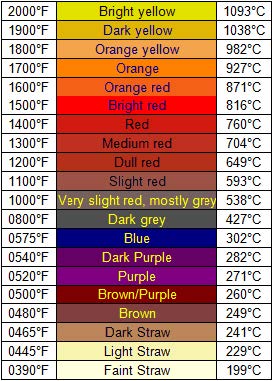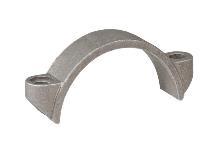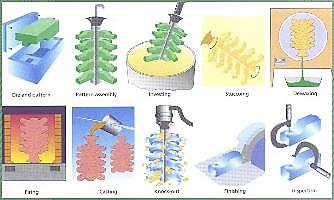The H-J Family of Companies has extensive experience with forgings and castings in many ferrous and non-ferrous alloys such as copper, aluminum, stainless steel, etc. This presentation is intended to help educate customers about some of the basics types of forging and casting processes, as well as some of the advantages and disadvantages of each.
This resource is intended to help educate customers about some of the basics types of forging and casting processes, as well as some of the advantages and disadvantages of each
Contact H J for questions regarding:
- New product development
- Cost reduction projects
- Quality and problem solving
- Material and application evaluation
Overview of Forgings
Forging process
Basic steps include:
-
Cutting of the material
- Pre heat the forging dies
- Heating of the material
- Forging operation
- Cooling of the forged part
Impression Die forming


- Cold forging process
- Open Die forging process
- Rolled Ring forging process
What are typical forging temperatures?
Ferrous metals
- Carbon and Alloy Steel: 2,250 F (1,232 C)
Non ferrous metals
- Brass: 1,500 F (816 C)
- Copper: 1,650 F (899 C)
- Aluminum: 1,000 F (538 C)

Design considerations for Forgings -
-
Parting line location
- Recommended draft angles -
- Aluminum: 0 2 deg
- Copper alloys (Brass): 0 3 deg
- Steel: 5 7 deg
- Size of the part
- Part configuration
- Radii and Fillets
- No sharp corners
- Minimum fillet radius:
- 0.130 0.250” (3.30 6.35 mm)
- Machine allowance
- Typically 0.060” (1.52 mm)

Secondary operations for Forgings
- Heat treating
- Coining
- Cleaning
- Packaging


Overview of Forgings
Casting processes
- Sand casting
- Permanent mold casting
- Die casting
- Investment (lost wax) casting
Sand Casting
Sand castings offer very competitive tooling costs (upfront investment)
- Capabilities
- Hold max tolerances of +/ 0.032” (+/ 0.81mm)
- Thinnest section castable is 0.100” (2.54mm)
- Surface finish is fair to good
- May be part size restrictions
- Good for all metal alloys
- Types:
- Green sand:
- less expensive, good for lower volumes
- Sodium silicate:
- higher quality, more repeatable for larger volumes
Permanent mold casting
Permanent mold tooling costs are slightly higher than sand cast, but still competitive
Capabilities:
- Hold max tolerances of +/ 0.020” (+/ 0.51mm)
- Thinnest section castable is 0.125” (3.17mm
- Surface finish is good
- Very good for large part designs
- Best for aluminum and copper base alloys
- Low volume part cost is competitive



Die casting
Tooling costs are more expensive due to complexity
Capabilities:
- Hold max tolerances of +/ 0.005” (+/ 0.127mm)
- Thinnest section castable is 0.030” (0.76mm)
- Surface finish is the best
- Good for aluminum base alloys
- Competitiveness
- Most competitive method in very high volumes
- Least competitive method in low volumes




Investment casting
Tooling costs are between permanent mold and die casting
Capabilities:
- Hold max tolerances of +/ 0.015” (+/ 0.38mm)
- Thinnest section castable is 0.063” (1.6mm)
- Surface finish is good
- Good for all ferrous and non ferrous alloys
- Competitiveness
- Least competitive method in very high volumes
- Mid competitive method in low volumes



Case studies
Case study: Copper forged fuse end
Current process:
- Copper sand casting, machined, silver plated
Issues:
-
Porosity and non fill in critical areas
-
Not cost effective
Resolution:
-
Copper forging, machined, silver plated
Conclusion:
- Forging process supplying fully formed and solid
part per print at a substantial cost reduction for
the customer.

Case study: Two piece universal clamp
Current process:
- Brass upset forging, tin plated
Issues:
- Part not meeting specified torque requirements
Resolution:
- Brass flat forging, tin plated
Conclusion:
- Discovered that torque was being applied parallel to the grain and causing failures; changed direction of forging grain and solved the issue.




Case studies: Convert two piece designs to single piece





Download Resource